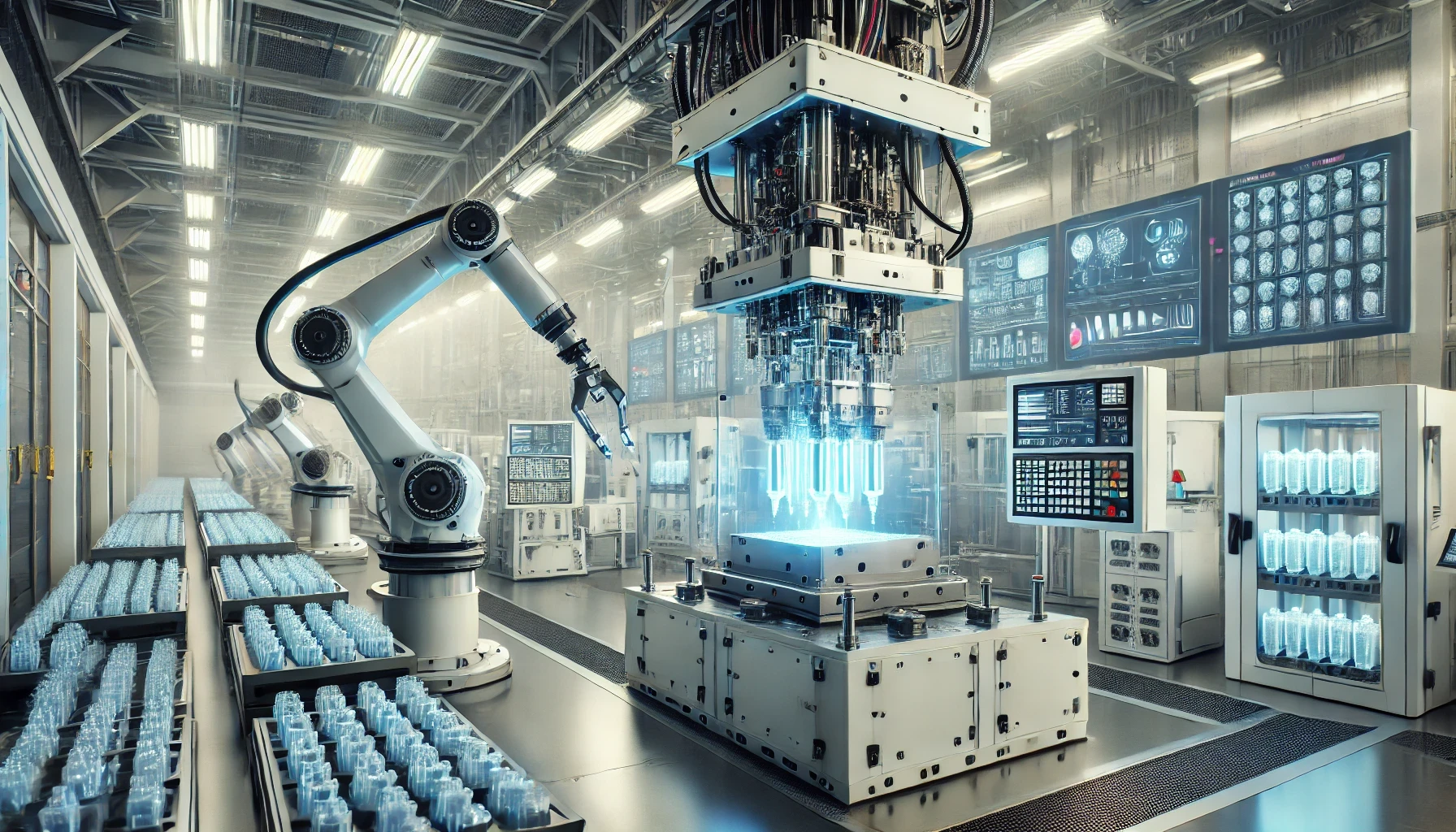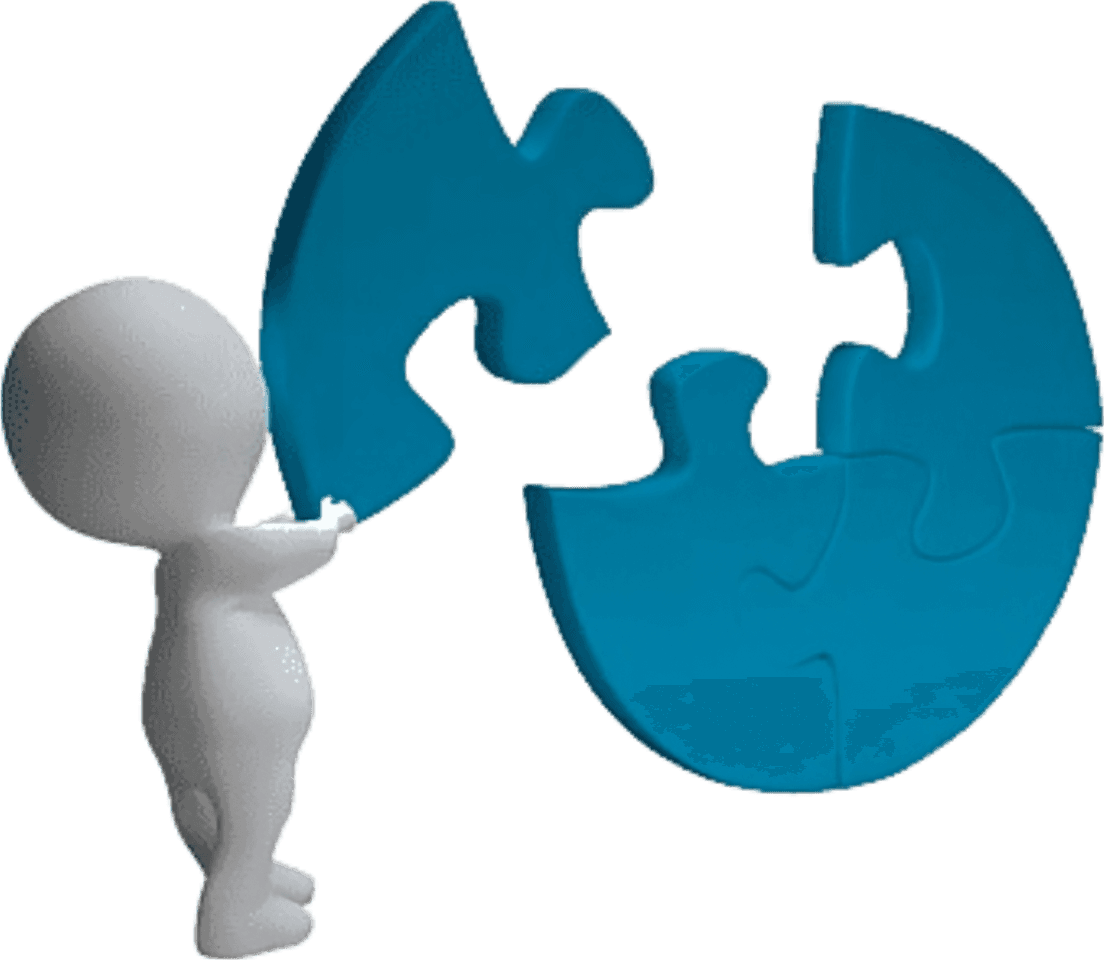Improving Yield, Reducing Waste, and Improving Quality in Plastic Molding with Computer Vision
Improving Yield, Reducing Waste, and Improving Quality in Plastic Molding with Computer Vision
Improving Yield, Reducing Waste, and Improving Quality in Plastic Molding with Computer Vision
Improving Yield, Reducing Waste, and Improving Quality in Plastic Molding with Computer Vision
Improving Yield, Reducing Waste, and Improving Quality in Plastic Molding with Computer Vision
Improving Yield, Reducing Waste, and Improving Quality in Plastic Molding with Computer Vision
Improving Yield, Reducing Waste, and Improving Quality in Plastic Molding with Computer Vision
By Apratim Ghosh
By Apratim Ghosh
By Apratim Ghosh
Nov 29, 2024
Nov 29, 2024
Nov 29, 2024
AI Vision
AI Vision
Manufacturing
Manufacturing
Computer Vision
Computer Vision
Listen to this blog :
0:00/1:34
White paper
White paper
AI Based Gross to Net (G2N) Solution
AI Based Gross to Net (G2N) Solution
Valuable Asset For Agri Science Company
Valuable Asset For Agri Science Company





Most plastic manufacturers use injection molding to mass-produce plastic for various industries. While this process is helpful for large-scale production, it leaves manufacturers with significant waste and sometimes poor-quality products.
The manufacturers face several challenges, such as:
Mold wear and tear: Plastic mold wear and tear could happen due to repeated use for large-scale manufacturing, changing molding conditions like excessive heat and clamping force, and poor maintenance. All these factors could result in dimensional inaccuracies in the final products, schedule delays due to unplanned downtimes, and poor-quality products.
Complexities in insert molding: Insert molding is a specialized type of injection molding in which a pre-formed component made of metals like brass is inserted into the mold before the plastic is injected. It helps manufacturers build strong, durable, and lightweight plastic products. While it helps manufacturers reduce manufacturing time and costs, they could face challenges if the process is done manually. For example, a manual process could lead to inaccurate insert positioning or less control over the temperature and pressure. This could damage the mold, create low-quality products, and cause material degradation. Sometimes, excessive heat could cause black marks on the product.
Over-reliance on manual processes: Plastic molding requires precision. Hence, a lack of skilled technicians could lead to low yields and wastage due to high defect rates.
To avoid such situations and improve the quality and yield of plastic molding, manufacturers must consider automating the process using advanced technologies like computer vision.
How can Computer Vision Improve Yield, Reduce Waste, and Enhance the Quality of Plastic Molding?
Computer vision is a field of artificial intelligence (AI) that leverages sensors, advanced cameras, and machine learning algorithms to gather, process, analyze, and interpret visual data. Let’s understand how plastic manufacturers can use it in their daily operations.
Improve the quality inspection process
Abnormalities like flash and air traps are common but, if ignored, could generate a lot of waste and result in bad-quality products. Computer vision automates the inspection process. This reduces the time and cost of manual inspection and improves the product’s quality and consistency. Computer vision captures the images of the molded parts with a camera and uses machine learning algorithms to detect flash, air traps, and misalignments. Since the computer vision algorithms are trained on images of defect-free products and those with flaws like burn marks, short shots, cracks, and warpages, the operators can detect deviations easily and take corrective steps to prevent the products from launching into the market. Powered by machine learning, computer vision can identify small changes like product shape and texture changes and improve the overall quality inspection process.
Automate the insert molding process
Traditionally, operators manually monitored the temperature and pressure on the plastic molds during the insert molding process. However, this was a time-consuming and inefficient method. The chances of deformities like cracks and burn marks were common due to excess plastic pressure and heat. Computer vision can solve these issues by automating the quality monitoring process. It can capture and analyze the images of molded parts to identify subtle but critical issues like dimension inaccuracies and surface imperfections that generally go unnoticed by humans. This helps operators minimize waste due to human errors, increase yield, and improve the product’s quality at a low cost.
Reduce downtime
The old ways of the molding process were less precise and required a lot of manual adjustments of machine parameters to ensure consistent temperature and pressure. This was time-consuming and resource-intensive, leading to machine wear and tear and slower cycle times. Computer vision can change all that. With the help of cameras, sensors, and intelligent software, manufacturers can monitor every stage of the operation. It can inform the machine operators if the parts, cores, slides, and ejectors are correctly placed in the molds or if any part is stuck on one or both sides of the mold, and stop the cycle if it spots any fault or error.
Additionally, it can analyze the data gathered from the molding machines and predict when a particular part could fail. This helps the operators plan maintenance in advance, prevent damage to the machine, and minimize downtime. By reducing downtimes, manufacturers can improve the yield.
Conclusion
Plastic is used in every industry, from homes to medical. However, as the waste due to plastic molding increases and yields suffer, plastic manufacturers will have to use technologies like computer vision to address these issues. Powered by advanced cameras, sensors, and intelligent software, computer vision inspects the plastic molding process and the machines in real time. This helps them prevent molding wear and tear, automate the inspection process, and reduce the flaws of the insert molding process. By automating the processes and detecting defects on time, manufacturers have improved the yield and quality of plastic, and reduced waste.
At InovarTech, we understand the urgent need to revolutionize plastic manufacturing. Thus, we have developed an AI-powered inspection solution called Vision Guard AI. With Vision Guard AI, plastic manufacturers can streamline their quality control processes and adhere to regulations strictly.
To know more about Vision Guard AI and how it can replace traditional quality inspection processes, contact us.
Most plastic manufacturers use injection molding to mass-produce plastic for various industries. While this process is helpful for large-scale production, it leaves manufacturers with significant waste and sometimes poor-quality products.
The manufacturers face several challenges, such as:
Mold wear and tear: Plastic mold wear and tear could happen due to repeated use for large-scale manufacturing, changing molding conditions like excessive heat and clamping force, and poor maintenance. All these factors could result in dimensional inaccuracies in the final products, schedule delays due to unplanned downtimes, and poor-quality products.
Complexities in insert molding: Insert molding is a specialized type of injection molding in which a pre-formed component made of metals like brass is inserted into the mold before the plastic is injected. It helps manufacturers build strong, durable, and lightweight plastic products. While it helps manufacturers reduce manufacturing time and costs, they could face challenges if the process is done manually. For example, a manual process could lead to inaccurate insert positioning or less control over the temperature and pressure. This could damage the mold, create low-quality products, and cause material degradation. Sometimes, excessive heat could cause black marks on the product.
Over-reliance on manual processes: Plastic molding requires precision. Hence, a lack of skilled technicians could lead to low yields and wastage due to high defect rates.
To avoid such situations and improve the quality and yield of plastic molding, manufacturers must consider automating the process using advanced technologies like computer vision.
How can Computer Vision Improve Yield, Reduce Waste, and Enhance the Quality of Plastic Molding?
Computer vision is a field of artificial intelligence (AI) that leverages sensors, advanced cameras, and machine learning algorithms to gather, process, analyze, and interpret visual data. Let’s understand how plastic manufacturers can use it in their daily operations.
Improve the quality inspection process
Abnormalities like flash and air traps are common but, if ignored, could generate a lot of waste and result in bad-quality products. Computer vision automates the inspection process. This reduces the time and cost of manual inspection and improves the product’s quality and consistency. Computer vision captures the images of the molded parts with a camera and uses machine learning algorithms to detect flash, air traps, and misalignments. Since the computer vision algorithms are trained on images of defect-free products and those with flaws like burn marks, short shots, cracks, and warpages, the operators can detect deviations easily and take corrective steps to prevent the products from launching into the market. Powered by machine learning, computer vision can identify small changes like product shape and texture changes and improve the overall quality inspection process.
Automate the insert molding process
Traditionally, operators manually monitored the temperature and pressure on the plastic molds during the insert molding process. However, this was a time-consuming and inefficient method. The chances of deformities like cracks and burn marks were common due to excess plastic pressure and heat. Computer vision can solve these issues by automating the quality monitoring process. It can capture and analyze the images of molded parts to identify subtle but critical issues like dimension inaccuracies and surface imperfections that generally go unnoticed by humans. This helps operators minimize waste due to human errors, increase yield, and improve the product’s quality at a low cost.
Reduce downtime
The old ways of the molding process were less precise and required a lot of manual adjustments of machine parameters to ensure consistent temperature and pressure. This was time-consuming and resource-intensive, leading to machine wear and tear and slower cycle times. Computer vision can change all that. With the help of cameras, sensors, and intelligent software, manufacturers can monitor every stage of the operation. It can inform the machine operators if the parts, cores, slides, and ejectors are correctly placed in the molds or if any part is stuck on one or both sides of the mold, and stop the cycle if it spots any fault or error.
Additionally, it can analyze the data gathered from the molding machines and predict when a particular part could fail. This helps the operators plan maintenance in advance, prevent damage to the machine, and minimize downtime. By reducing downtimes, manufacturers can improve the yield.
Conclusion
Plastic is used in every industry, from homes to medical. However, as the waste due to plastic molding increases and yields suffer, plastic manufacturers will have to use technologies like computer vision to address these issues. Powered by advanced cameras, sensors, and intelligent software, computer vision inspects the plastic molding process and the machines in real time. This helps them prevent molding wear and tear, automate the inspection process, and reduce the flaws of the insert molding process. By automating the processes and detecting defects on time, manufacturers have improved the yield and quality of plastic, and reduced waste.
At InovarTech, we understand the urgent need to revolutionize plastic manufacturing. Thus, we have developed an AI-powered inspection solution called Vision Guard AI. With Vision Guard AI, plastic manufacturers can streamline their quality control processes and adhere to regulations strictly.
To know more about Vision Guard AI and how it can replace traditional quality inspection processes, contact us.
Get in Touch
Get in Touch
Related Blogs
Related Blogs
Related Blogs
Related Blogs





Join our Newsletter 👇,
Join our Newsletter 👇,
Join our Newsletter 👇,
Join our Newsletter 👇,
Want the latest technology updates & business trends in your inbox? Subscribe to our newsletter and experience reading really interesting and informative.
Want the latest technology updates & business trends in your inbox? Subscribe to our newsletter and experience reading really interesting and informative.
Your email address
Sign me up
Explore more topics
Ready to brush up on something new? We've got more to read right this way.
Explore more topics
Ready to brush up on something new? We've got more to read right this way.
Explore more topics
Ready to brush up on something new? We've got more to read right this way.
Explore more topics
Ready to brush up on something new? We've got more to read right this way.
Explore more topics
Ready to brush up on something new? We've got more to read right this way.
TECH
Inspire
Ideate
Inovate
Reach Out to Us :
Copyright © 2025 InovarTech. All rights reserved
TECH
Inspire
Ideate
Inovate
Reach Out to Us :
Copyright © 2025 InovarTech. All rights reserved
TECH
Inspire
Ideate
Inovate
Reach Out to Us :
Copyright © 2025 InovarTech. All rights reserved
TECH
Inspire
Ideate
Inovate
Reach Out to Us :
Copyright © 2025 InovarTech. All rights reserved
TECH
Inspire
Ideate
Inovate
Reach Out to Us :
Copyright © 2025 InovarTech. All rights reserved








